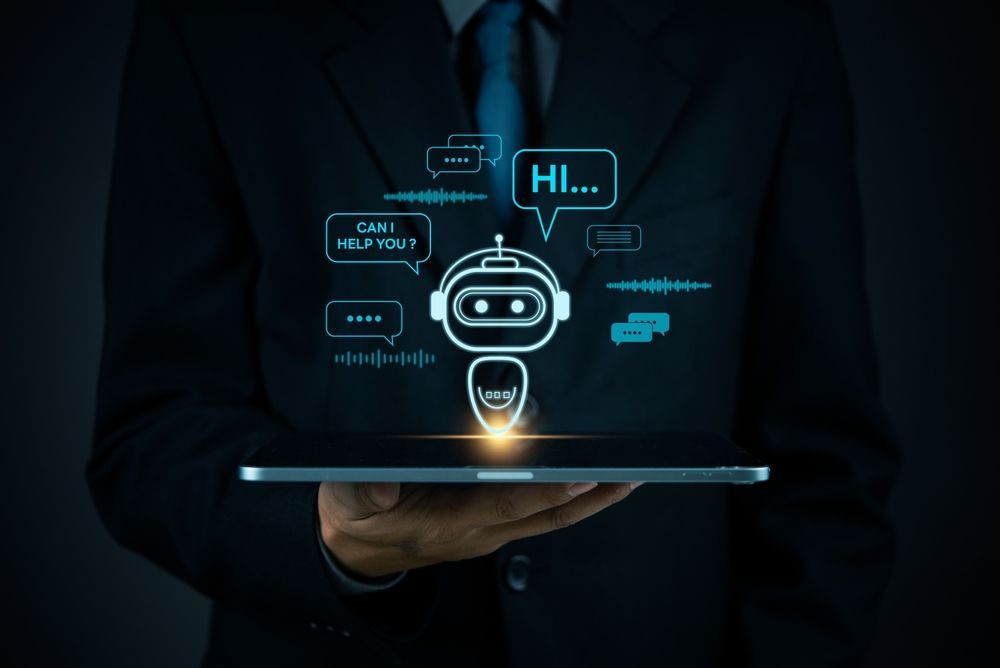The Invisible Influence: How AI and Search Rankings Shape What We Think
Introduction
Every day, millions of people turn to Google, Bing, or AI chat assistants for answers. What many don’t realize is that the order in which information is presented can significantly shape opinions and even alter decisions. This subtle form of influence has been studied for years, and with the rise of artificial intelligence, its impact is only growing.

The Research: Epstein’s “Search Engine Manipulation Effect”
Psychologist Dr. Robert Epstein conducted a series of studies showing that the ranking of search engine results could sway the opinions of undecided voters by up to 20%—and in some cases as much as 80%.
This phenomenon, known as the Search Engine Manipulation Effect (SEME), occurs because:
- People disproportionately trust the top results.
- Most users rarely click past page one.
- Repetition and prominence reinforce credibility.
In short: placement matters. Just by reordering search results, you can tilt the playing field.
A Counter Narrative: Algorithms vs. Intent
Critics of Epstein’s conclusions argue that while search engines (and AI tools) do influence attention, they aren’t designed primarily to manipulate thought. Instead, they are built to:
- Maximize
relevance (matching intent to query).
- Improve
engagement (keeping users satisfied and on the platform).
- Optimize for
business models (like ads and clicks).
In this view, AI systems and search engines reflect our existing biases more than they create new ones. They amplify what’s already popular, but they don’t necessarily implant new beliefs out of thin air.
Did You Know?
- 📊
75% of people never scroll past the first page of Google results.
- 🧠
The human brain tends to assign more trust to the first three results, even if we don’t consciously realize it.
- 🔍
Personalized search results mean that no two people may see the same order for the same query—subtly shaping worldviews.
How AI Magnifies the Effect
With AI assistants, the influence goes a step further. Instead of browsing ten results, users often receive a single, synthesized answer. This concentrates trust and narrows exposure, making the framing of the response even more powerful than traditional search rankings.
The Psychology Behind Influence: Why Our Brains Take the Bait
The way people respond to search results or AI-generated answers isn’t random—it’s deeply rooted in human psychology and even evolution.
- Cognitive Shortcuts (Heuristics):
Humans evolved to conserve mental energy. We trust the first piece of information we see (the primacy effect) and assume that what is most visible or repeated is most accurate. Search rankings and AI summaries play directly into this shortcut. - Social Proof and Authority Bias:
Our ancestors survived by following the wisdom of the group and respecting leaders. Today, when a result appears at the top of Google—or when AI confidently states an answer—we interpret that as a sign of authority, even if the underlying source is questionable. - Validation Seeking:
Psychologically, people are wired to seek confirmation of their beliefs (confirmation bias). Algorithms feed into this by showing users content similar to what they’ve already engaged with—making it easy to validate a political view, an alternative lifestyle, or even a fringe ideology.
Emotional Triggers:
Evolution made us highly responsive to threats and rewards. Search engines and AI often prioritize content that sparks strong reactions, which can influence what products we buy, who we trust as leaders, or what ideas we adopt as part of our identity.
How This Plays Out in the Real World
- Products: Subtle ranking shifts or AI recommendations can push consumers toward one brand over another, even if quality is comparable.
- Politics: When information about a candidate consistently appears at the top—or is framed positively by AI summaries—it can create trust that sways undecided voters.
- Culture & Lifestyle: Repeated exposure to certain narratives (around health, identity, or ideology) normalizes them, making once “alternative” ideas seem mainstream.
Did You Know?
- 🧩 Humans process information using
mental “shortcuts” that evolved for survival, not truth-seeking. This is why convenience often wins over accuracy.
- ⚡ Studies show that
emotionally charged content spreads 70% faster on social platforms—algorithms optimize for this, whether or not it benefits truth.
🔁
Repeated exposure alone can make people believe a claim is true, even when they’ve been told it’s false (a phenomenon called the “illusory truth effect”).

How AI Chat Is Curated
AI chatbots don’t just “spit out” answers randomly — every response is shaped by layers of design choices and training. This is where influence can quietly creep in:
- Training Data:
AI is trained on vast collections of text (books, articles, forums, websites). The selection of that data determines what the model “knows” — and what perspectives are underrepresented. - Reinforcement & Guardrails:
Developers apply “alignment” training to make AI more helpful, safe, and consistent with guidelines. This shapes not only what it says but what it refuses to say. - Content Filtering:
Responses are filtered to avoid harmful, offensive, or politically sensitive content. While necessary, this process can tilt conversations toward certain framings. - Ranking & Personalization:
Just like search engines, AI may rank possible completions and choose the one most likely to satisfy you — which means it favors popular or “safe” answers over fringe ones. - Corporate or Societal Priorities:
Because AI is built by humans within companies, it inevitably reflects the values, laws, and cultural assumptions of those institutions.
The Implications
- Subtle Shaping: If an AI repeatedly frames certain products, lifestyles, or candidates more positively than others, it nudges perception.
- Feedback Loops: As people interact with AI, their clicks and feedback feed back into the system, reinforcing some narratives and suppressing others.
Trust Concentration: Unlike Google SERPs, where you see 10 results, an AI chat may present only
one unified answer, which heightens its authority.
Awareness Is Key
For individuals, the best defense against invisible influence is awareness:
- Compare multiple sources. Don’t rely on one platform’s answer.
- Question the order. Ask why a result or answer might be ranked higher.
- Seek diversity. Expose yourself to viewpoints outside your algorithmically curated bubble.
Just recognizing the influence makes you far less likely to be passively swayed.
For Businesses: A Double-Edged Sword
The same mechanisms that can sway opinions also create opportunities for businesses.
Positive Uses:
- Content strategy: Ranking highly for credible, helpful content can build trust.
- Thought leadership: By contributing to the conversation, businesses can shape public understanding in constructive ways.
- Education: AI-enhanced tools can make complex information more accessible to audiences.
Negative Uses:
- Manipulation: Businesses could intentionally flood results with biased or misleading information.
- Astroturfing: Using AI to amplify fake reviews, testimonials, or articles that push a particular agenda.
- Exploiting filter bubbles: Targeting narrow audiences with tailored messaging designed to influence without transparency.
Conclusion
The rise of AI and algorithm-driven search tools has made information more accessible than ever—but it has also made the flow of information less neutral. Epstein’s research highlights just how powerful ordering and framing can be, while the counter-narrative reminds us that algorithms often reflect, rather than manufacture, human bias.
Layer on top of that the psychological wiring we’ve carried for thousands of years, and it becomes clear: humans are predisposed to trust what’s presented as authoritative, repeated, or emotionally charged.
Add in the fact that AI chat itself is curated through training data, guardrails, and filters, and you see how much influence these systems hold over our perceptions.
For everyday users, the key is awareness. For businesses, the responsibility lies in choosing whether to use these tools for genuine connection and education
or for manipulation. Either way, the influence is real, and it’s shaping the way we see the world.




